Make your property a home for wildlife
Over the past 40 years, wildlife populations have fallen by 60 per cent around the world due to destruction of natural habitats, pesticide pollution and over-exploitation of natural resources.
In Canada, we no longer see the swallows that were so common, bats are endangered, frogs and toads are rare and pollinating insects are in danger. Even earthworms seem to have deserted our lawns. What can we do to support the return of these creatures and others like them?
Every living being needs a healthy environment to be able to feed, shelter and reproduce. Here’s how to transform your land into a habitat that works for small creatures.
First, decontaminate the soil by no longer using chemical fertilizers and pesticides. Good quality compost will happily replace the toxic fertilizers, and weeds can be removed mechanically. Consider replacing a dull lawn with a rich mosaic of ground-cover plants. Earthworms will repopulate your garden and aerate the soil naturally.
Provide water and a varied menu. Birdbath, fountain, a pool that attracts small animals… Avoid stagnant water; that’s where mosquitoes breed. By planting fruit trees, wildflowers and grasses you’ll attract all kinds of useful insects such as bees, bumblebees and butterflies that will add life and beauty to your garden and pollinate your vegetable patch.
These nectar- and pollen-gatherers will, in turn, attract insect-eating birds such as flycatchers, swallows or warblers. Choose plants that flower all summer so that your guests lack for nothing. When fall comes, seeds, berries and nuts will feed your pickiest eaters. And then when winter comes, bird feeders will round out the menu.
Lastly, create shelters. An evergreen hedge will provide year-round accommodation. Swallows, wrens, robins, woodpeckers and owls will nest in your garden if you provide an appropriate nesting site. A bat dormitory will ensure that you have an effective predator to reduce the mosquito population.
Cavities covered with stones and piles of logs with holes in them will provide a place for garter snakes and pollinators to over-winter. Encourage the soil microfauna by not collecting all the dead leaves. Very soon, your yard will transform itself into a slice of paradise.
Visit Animalium, Mont-Tremblant’s zoological museum, to discover spectacular animals from here and elsewhere. Bring the kids! They need to see this, too.
By the same author: Let’s live and let live with spiders (Click the image below)

Jacques Prescott131 Posts
Jacques Prescott est biologiste, professeur associé à la Chaire en éco-conseil de l’Université du Québec à Chicoutimi. Spécialiste de la biodiversité et du développement durable, il est l’auteur de nombreux livres et articles sur la faune et la conservation de la nature. Il nous fait l’honneur de rejoindre notre équipe de collaborateurs et signera chaque mois une chronique intitulée Faune et flore. / Jacques Prescott is a biologist, associate professor with the Chair in Eco-Counselling of the Université du Québec à Chicoutimi. A specialist in biodiversity and sustainable development, he is the author of numerous books and articles about wildlife and nature conservation. He has honoured us by joining our team of contributors and will write a monthly column entitled Wildlife and Habitat.

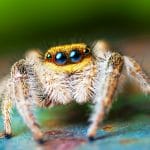


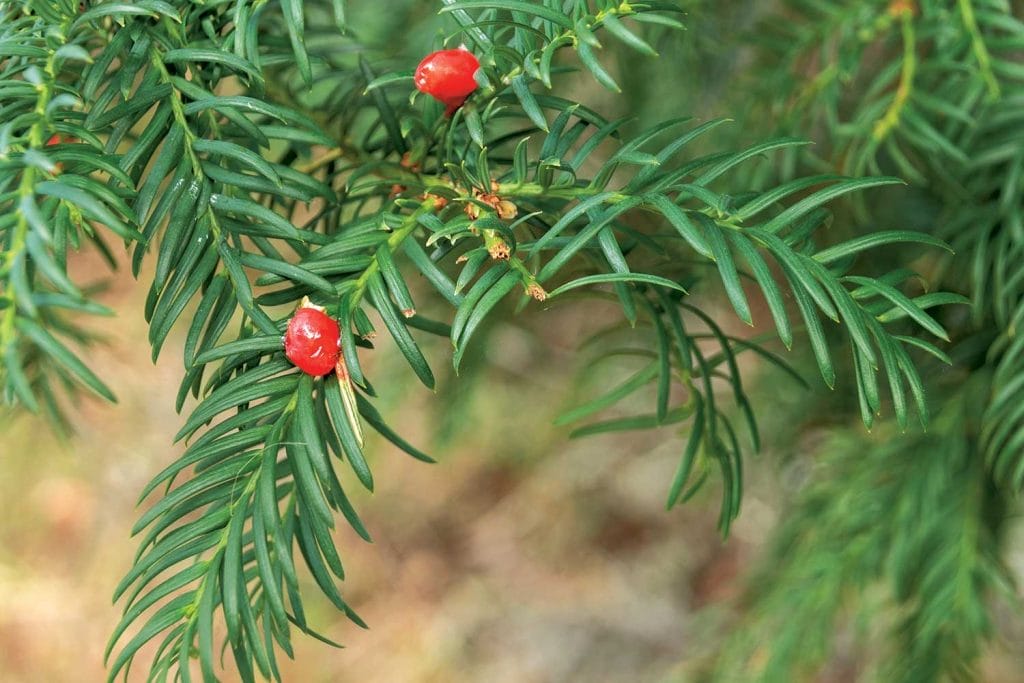
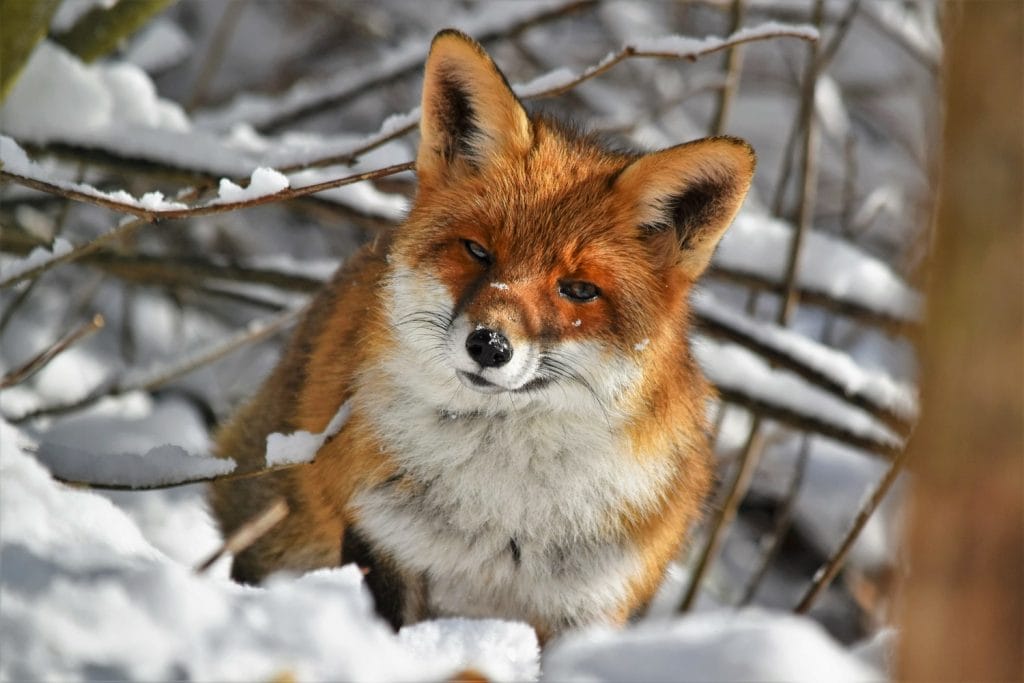
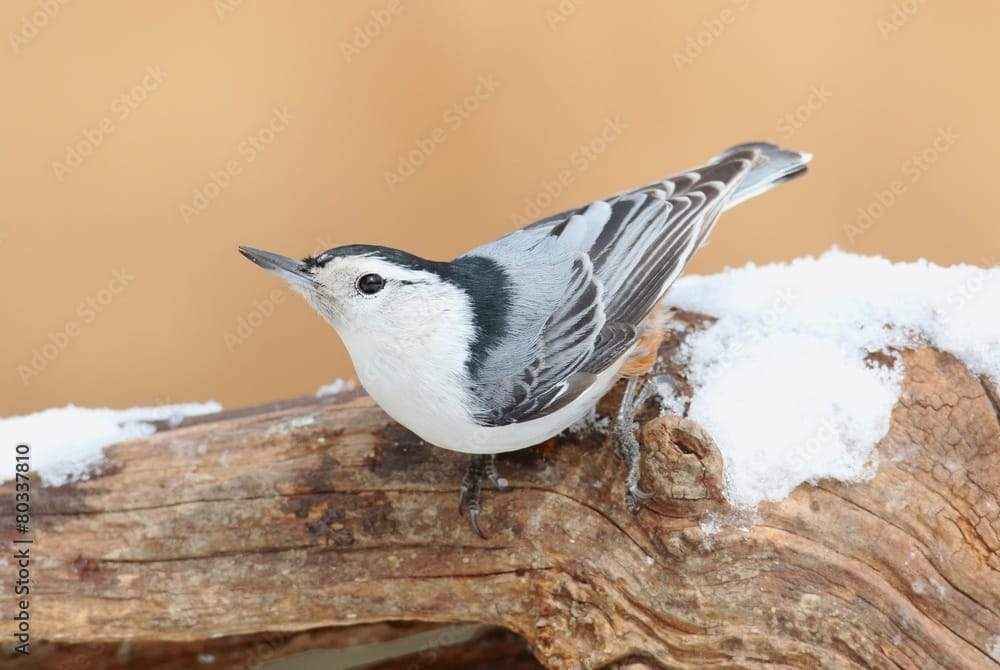
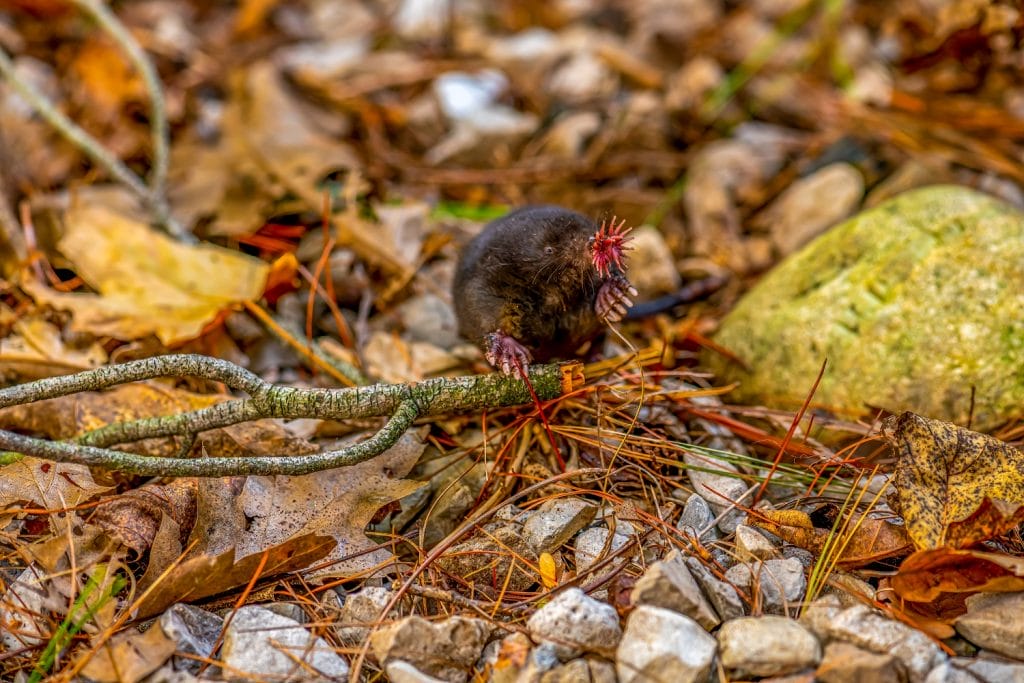
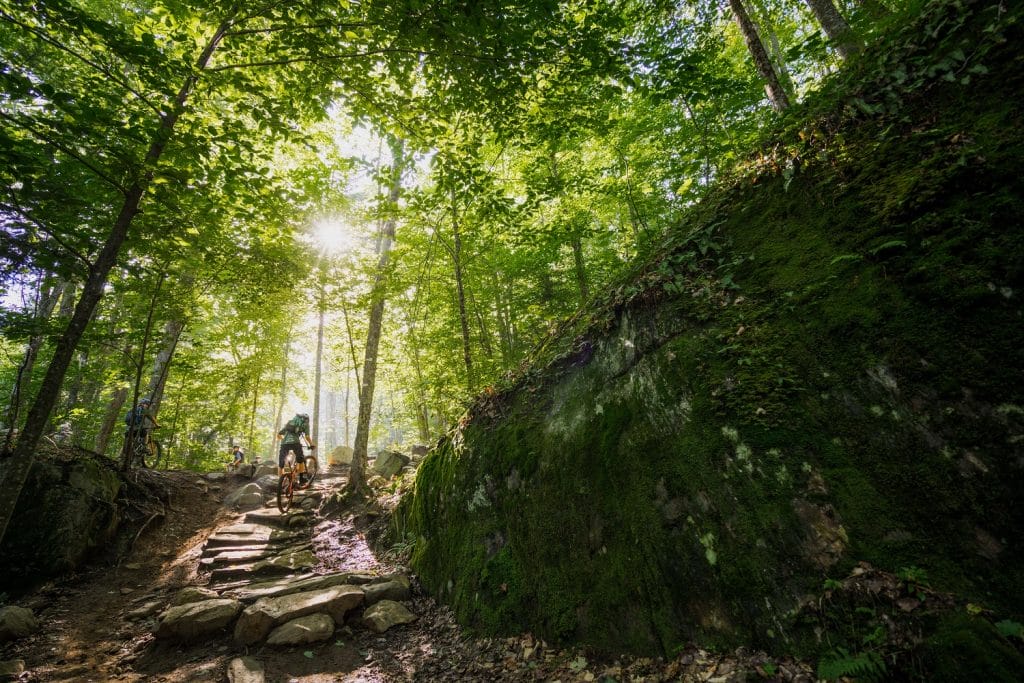



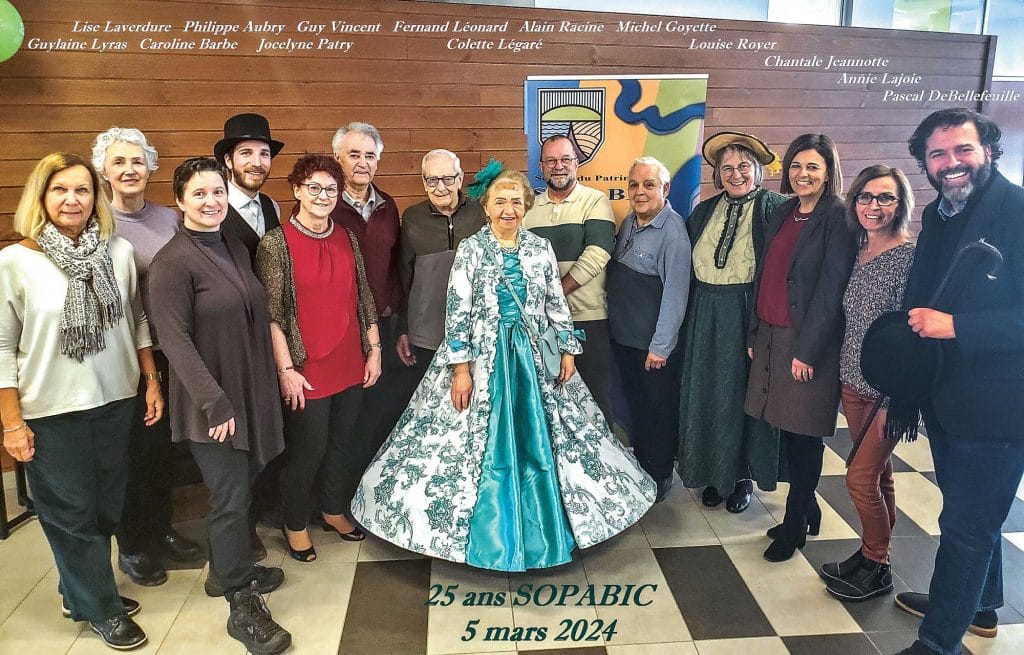
0 Comments